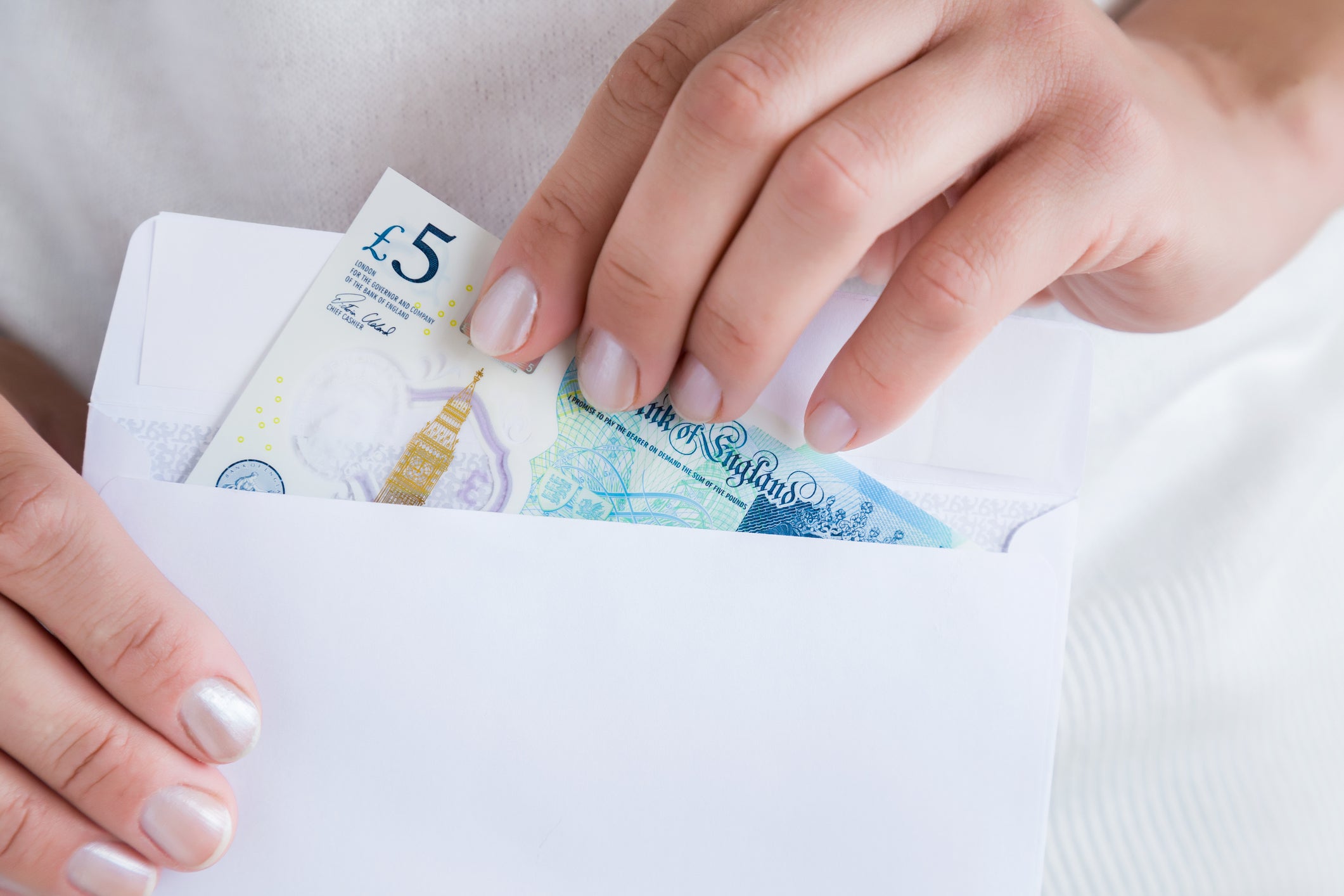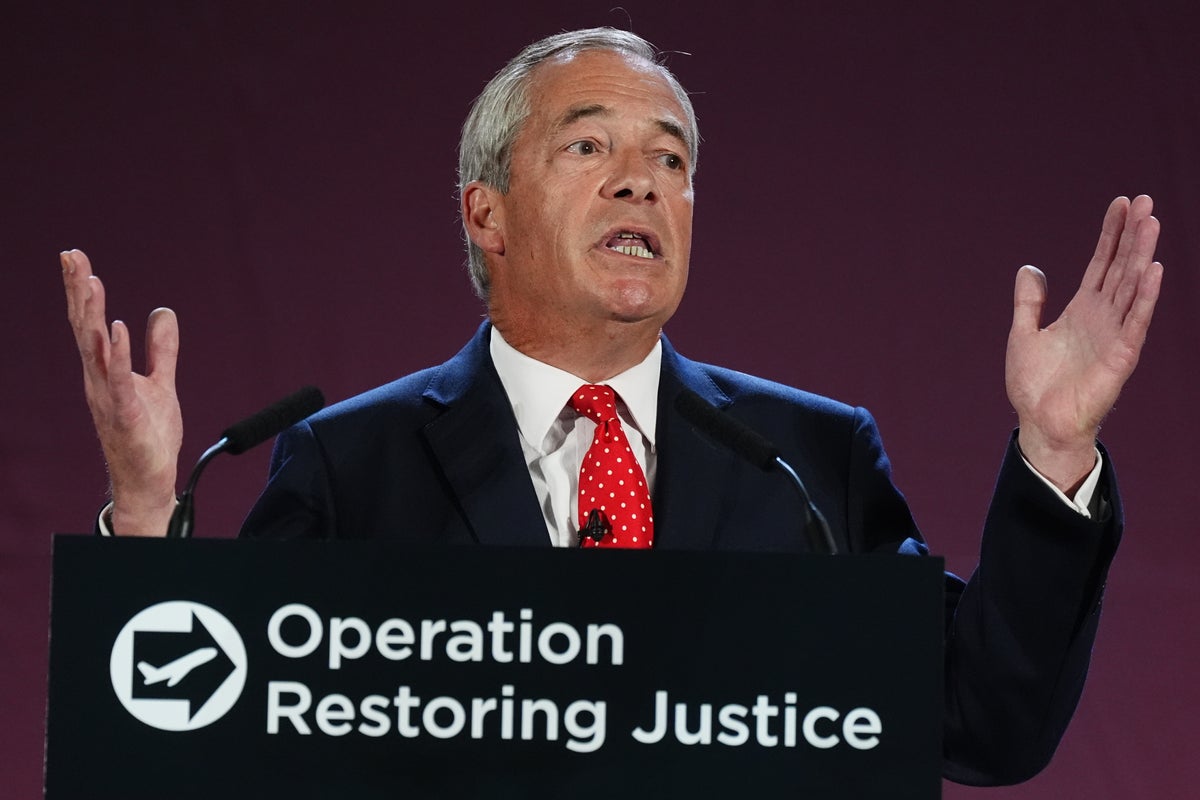The 50/30/20 budgeting method was popularised by US politician Elizabeth Warren, in her 2005 book All Your Worth: The Ultimate Lifetime Money Plan, and it remains a frequently recommended strategy for beginner budgeters 20 years later.
This method allocates 50 per cent of your post-tax earnings to essential spending (such as your rent or mortgage, bills, groceries and transport), 30 per cent to non-essentials, and 20 per cent to savings and investments.
Plenty are drawn to the apparent simplicity and attainability of this approach – but many find they have difficulty following it and fall far short of their savings goals.
This isn’t a personal failure; the budget simply isn’t suitable for their financial reality.
What’s the problem with the 50/30/30 budget?
In 2025, the average UK income is estimated to be around £37,600, which leaves just under £2,550 each month after tax. Following the 50/30/20 budget would allow:
- £1,275 for essential spending
- £765 for non-essentials
- £510 for saving and investing.
Most people’s highest essential monthly cost is their rent or mortgage payment. In 2025, the average cost of a UK private rental is £1,344, and the average monthly mortgage repayment is £1,428.
On top of this, the average household cost of energy is £1,720 per year, or £143 per month. Transport can typically cost £400-500 per month. Childcare, for those who need it, commonly costs in the region of £875 to £1,250 per month.
So, for many, limiting essential spending to 50 per cent of post-tax income is nothing more than a pipe dream.
Likewise, allocating 20 per cent to savings and investments is a laudable goal, but an unrealistic expectation – and unrealistic expectations are the enemy of good budgeting.
Higher outgoings do not make saving impossible, but you must stay consistent, and this requires that you commit to amounts you can truly afford.
Get a free fractional share worth up to £100.
Capital at risk.
Terms and conditions apply.
Go to website
ADVERTISEMENT
Get a free fractional share worth up to £100.
Capital at risk.
Terms and conditions apply.
Go to website
ADVERTISEMENT
Here are some alternative budgets to help you find that figure.
The 70/20/10 budget
The 70/20/10 budget follows the same structure as the 50/30/20 budget but has been updated to match current living costs. With a post-tax monthly income of £2,550, it allows:
- £1,785 for essential spending
- £510 for non-essentials
- £255 for saving or investing.
While this is only half the savings amount that Warren’s method proposes, it will still add up to a healthy amount over time. For example, if you were to save or invest £255 per month and achieve a return of 5 per cent per year, you could have:
- Around £17,000 after 5 years
- Around £40,000 after 10 years
- Over £100,000 after 20 years
Remember, it’s far better to consistently save 10 per cent of your income per month than aim for 20 per cent only to give up when this proves to be too difficult.
The zero-based budget
A potential challenge of the 70/20/10 approach is that your essential spending may be more or less than 70 per cent of your income and is often difficult to change. A zero-based budget is more personalised.
You’ll need to allocate your monthly income, pound by pound, to each monthly cost you need to cover, starting with the highest priorities and working through until every penny is assigned.
Many budgeting apps exist that make this task less arduous than it sounds.
It’s up to you how much you apportion to saving and investing, and how highly you prioritise this. It would be wise to consider this immediately after any essential spending is covered (so before needs), as otherwise, you might find you have little left over.
The envelope system

If the idea of meticulously planning your spending pound by pound puts you off budgeting altogether, the envelope system (also known as “cash stuffing”) might be a better fit for you.
This method, in its classic form, involves identifying your major categories of spending (e.g. groceries, takeaways, health purchases), setting a monthly limit on each, and putting that amount in an envelope, in cash.
Once it runs out, you can make no more purchases that month.
Given that we live in a largely cashless society, you can instead do this using ‘pots’ within your bank account, which many major banks offer through their apps.
Other budgeting techniques and their usefulness
If you’re learning to budget, you may find that other tips and techniques find you through your social media algorithm. Here are some you’re likely to see and some considerations to remember:
Loud budgeting: The loud budgeting trend encourages you to speak up to your friends and family about your financial limits and be unafraid to opt out of expensive social activities or suggest budget-friendly alternatives.
This can be helpful but be sure to prioritise the actual work of budgeting over talking about it. These conversations alone won’t go far in boosting your savings balance.

No-spend challenges: These challenges involve a commitment to spend nothing (beyond essential spending) for a certain period, from one day to one month.
A challenge can be a great motivator, and a break from spending offers the chance to reflect on your habits. However, you risk falling into a cycle of saving and splurging, and you’re likely to see better results from consistent cutbacks.
Soft saving: This is a movement away from strict budgeting and a goals-oriented approach to finance, to allow for more enjoyment of life today.
Everyone needs to find their own balance between prioritising their current needs and future needs, and it’s ok to scale back on saving in certain circumstances.
However, be aware that the spending and saving decisions you make today can all add to or detract from your future financial wellbeing, so make these decisions consciously.
When investing, your capital is at risk and you may get back less than invested. Past performance doesn’t guarantee future results.

.jpeg?width=1200&height=800&crop=1200:800)

